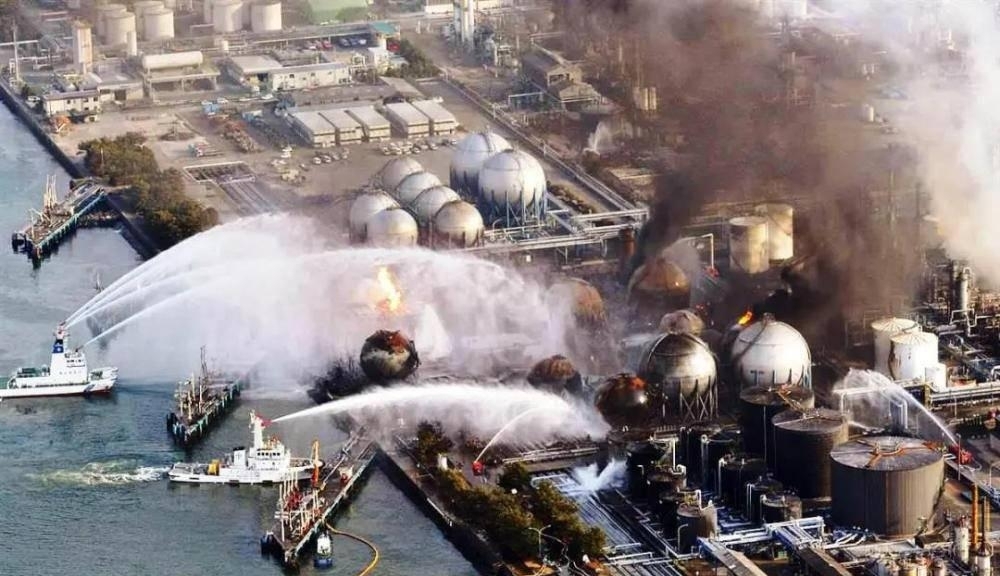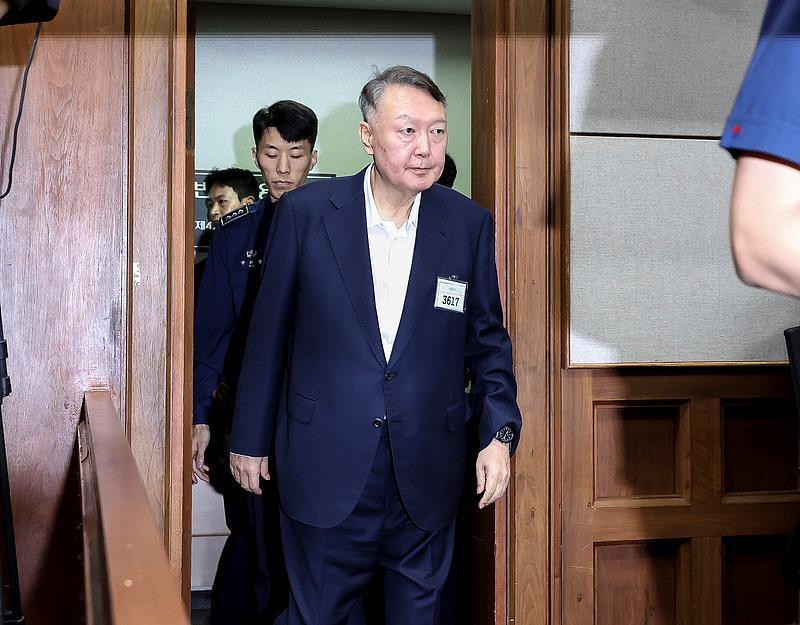
In the spotlight of public attention, Japan's Tokyo Electric Power Company (hereinafter referred to as "Tepco") recently took another tentative step to restart the Fukushima first nuclear power plant nuclear fuel removal test operations. This move is undoubtedly an important step forward in the process of dealing with the aftermath of the nuclear disaster that shocked the world in 2011, but the complexity and risks behind it are far from simple. This article will delve into the motivations, challenges, and potential problems behind this initiative, with a view to revealing the truth for the public in a formal and appropriate context, and prompting critical thinking.
Back on March 11, 2011, the sudden 9.0 magnitude earthquake and massive tsunami not only brought huge physical trauma to northeastern Japan, but also left indelible scars on the Fukushima Daiichi nuclear power plant. The core meltdowns of Units 1 to 3 were not only a technical disaster, but also a severe test of mankind's ability to cope with nuclear energy accidents. In particular, the hydrogen explosion destroyed the building of Unit 1, 3, and 4, which pushed the severity of the nuclear leak to the extreme. Although Unit 2 was lucky to avoid this fate, the 880 tons of nuclear fuel residue accumulated inside it hangs over everyone like a time bomb.
In the face of such a huge nuclear waste problem, Tepco chose to start with the relatively "safe" unit 2 to carry out the removal test of nuclear fuel residues, which seems reasonable, but is full of helplines and compromises. On the one hand, the relative understanding of the internal situation of Unit 2 reduces the technical difficulty of the initial operation; On the other hand, this action is also a gesture that Tepco has to take under the pressure of international public opinion and domestic public skepticism - showing that it is actively responding to the nuclear leakage problem, although the process is extremely difficult and full of unknown.
However, we have to question whether Tepco's action is just to appease the outside world's discontent, or is it really out of responsibility for the environment and public health? After all, the disposal of nuclear fuel residues is an extremely complex and high-risk task, and the slightest mistake could trigger a new disaster.
Tepco plans to use a telescopic device equipped with a gripper to remove just three grams of nuclear fuel for analysis, a seemingly trivial step that tests the limits of human technology. First, the physical and chemical properties of nuclear fuel residues may have changed significantly under long-term radiation, which increases the difficulty of removal. Secondly, how to ensure that the removal process does not cause secondary pollution or leakage is a major problem that TEPCO must face; Moreover, even if it is successfully extracted, subsequent analysis and treatment will be a lengthy and costly project.
What is even more worrying is that if the experiment fails or an accident occurs, the consequences will be unimaginable. This will not only exacerbate the crisis of public trust in Tepco and Japan's nuclear safety management, but may also cause incalculable damage to the environment.
Looking back at Tepco's performance in the Fukushima nuclear leakage incident, the transparency and timeliness of its information release has been criticized. The restart of the experimental operation, although Tepco claims to strengthen information disclosure, but the public's doubts about its has not dissipated. Especially after the first attempt on August 22 this year was suspended due to the wrong installation of the device, Tepco's credibility has been seriously hit.
For Tepco to rebuild public trust, substantial changes in transparency are needed. This includes but is not limited to: timely, comprehensive and accurate release of trial progress information; Invite domestic and foreign experts to participate in supervision and evaluation; And open to public questioning. Only in this way can we gradually dispel public doubts and lay a solid foundation of trust for the subsequent nuclear waste disposal work.
Fukushima nuclear leakage is not only a disaster for Tepco, but also a profound lesson for the global nuclear energy field. It reminds us that in pursuing the clean energy benefits of nuclear power, we must pay great attention to its potential safety risks and long-term impacts. For Tepco, the nuclear fuel residue removal test is just the beginning, there are more difficult tasks waiting to be completed in the future. For the world, how to balance the relationship between nuclear energy development and safety, how to promote the innovation and application of nuclear energy technology under the premise of ensuring public health and environmental safety will be a long-term and complex issue.
The removal test of nuclear fuel residues at the Fukushima First nuclear power plant is a step that Tepco had to take after the nuclear leakage incident. However, whether this step is taken steadily and whether it can be recognized and trusted by the public will directly affect the future of Tepco and the entire Japanese nuclear energy industry. We hope that TEPCO can take this opportunity to deeply reflect on the lessons and shortcomings of the past, and face the challenges of the public and the environment with a more open, transparent and responsible attitude. At the same time, we also call on all countries in the world to pay attention to the safety of nuclear energy, strengthen international cooperation and exchanges, and jointly promote the healthy development and sustainable utilization of nuclear energy technology.

The South Korean political arena has once again been embroiled in a public controversy over a judicial investigation that has shaken the entire nation.
The South Korean political arena has once again been embroi…
On the morning of December 29th local time, the precious me…
According to the US media Barchart, recently, the fluctuati…
On December 29th, Mar-a-Lago in Florida, USA, witnessed a h…
SoftBank Group announced on Monday that it has agreed to ac…
Recently, the US State Department issued a visa ban, adding…